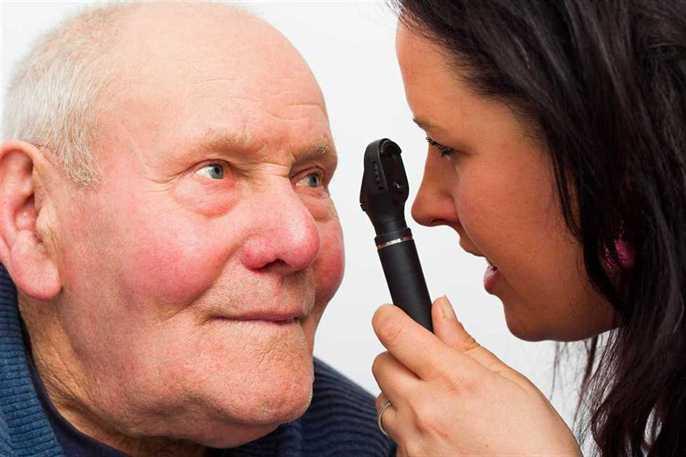 People who wear glasses deal with their lenses fogging up regularly, especially since wearing masks has become mandated. This blurred vision is similar to what a patient with cataracts sees.
The lens of the eye, which is behind the coloured iris, is responsible for focusing the light that enters your eye. It bends the light and helps you see images clearly. A patient who has a cataract has a cloudy lens in their eye; it prevents the eye from defining an image, which results in blurry vision. A cataract can be present in one or both eyes.
People who wear glasses deal with their lenses fogging up regularly, especially since wearing masks has become mandated. This blurred vision is similar to what a patient with cataracts sees.
The lens of the eye, which is behind the coloured iris, is responsible for focusing the light that enters your eye. It bends the light and helps you see images clearly. A patient who has a cataract has a cloudy lens in their eye; it prevents the eye from defining an image, which results in blurry vision. A cataract can be present in one or both eyes.
Contact Us
-
200-1460 Chevrier Blvd,
Winnipeg, MB R3T 1Y6 -
500 Shaftesbury Boulevard
Winnipeg, MB R3P 2N2 - [email protected]
- (204) 291-1640
Follow Us

